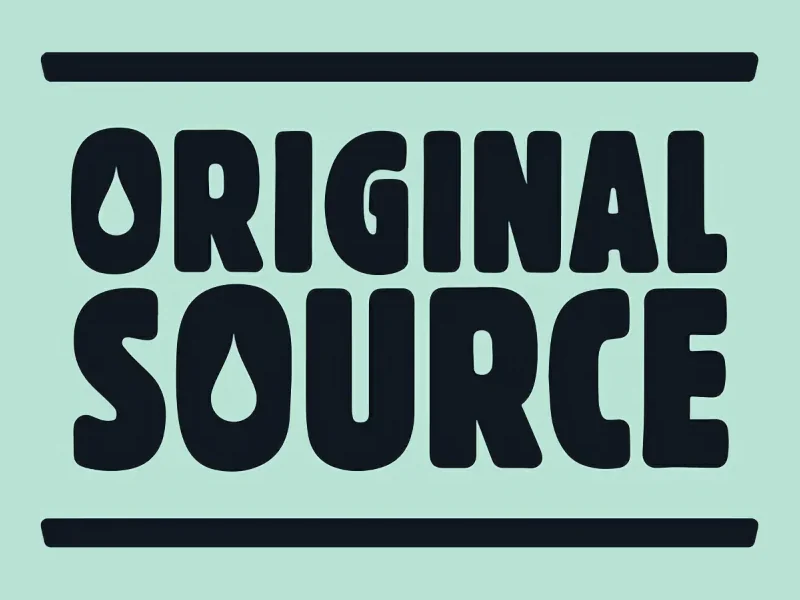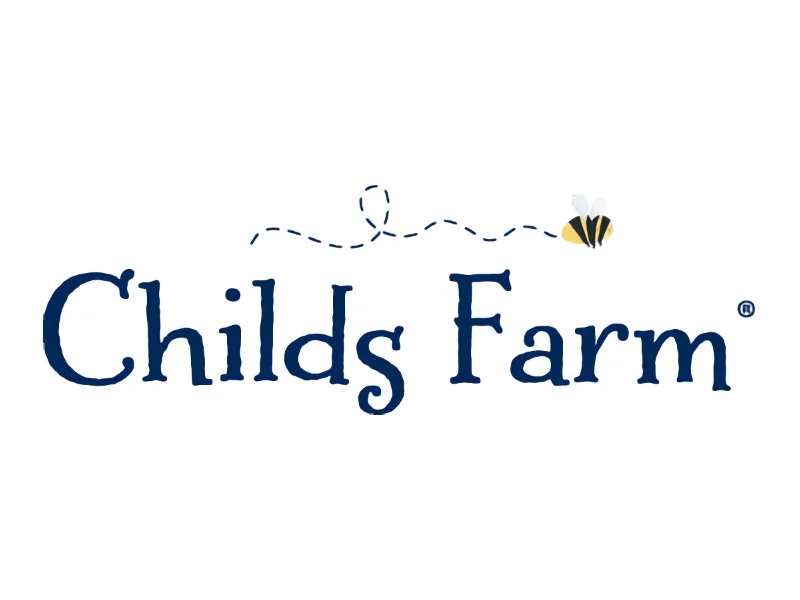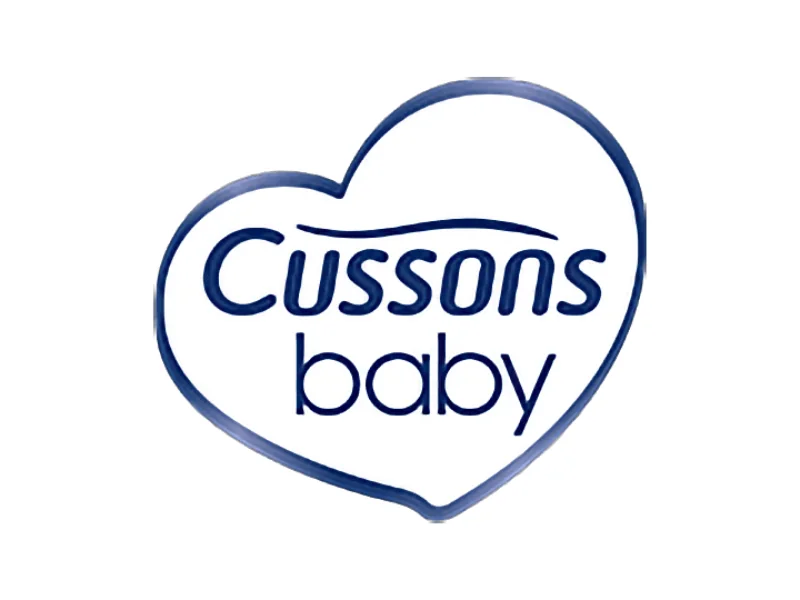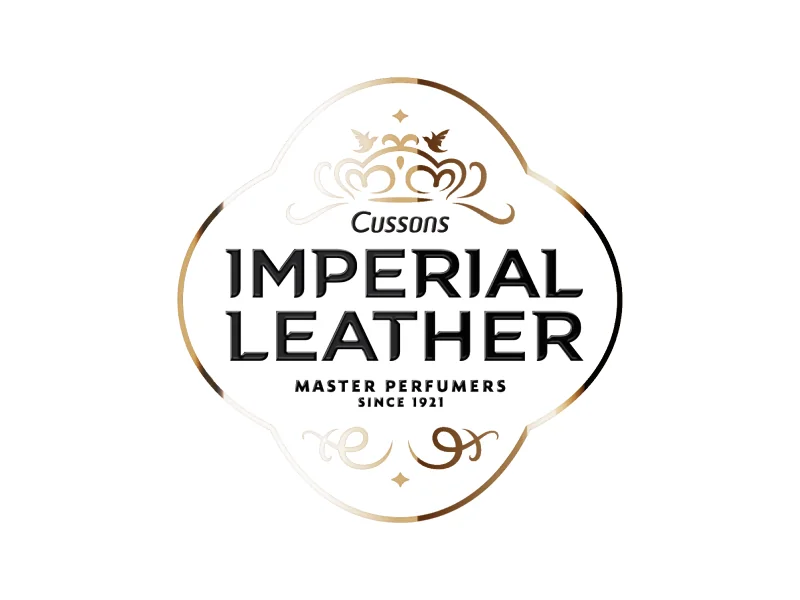Plastic and packaging
The packaging agenda is high on our list of priorities. The need to reduce our packaging footprint is as important as it is challenging.
We have established targets which reflect our portfolio and business strategy and our desire to move away from plastic and explore opportunities beyond plastic.
Another significant packaging material that we use is paper. We have been implementing measures to ensure the proportion of certified or recycled paper that we use grows each year. Certified paper means that all materials used come from responsibly managed, certified forests. Using recycled materials makes the most of precious forest resources and reduces the pressure to harvest more trees. Using certified or recycled paper mitigates the risk of the material originating from unacceptable sources.
33% Reduction in virgin plastic in our packaging by 2030
(vs 2021 baseline)
100% recyclable, reusable or compostable packaging by 2030
100% certified or recycled paper by 2025
Carbon and climate
Reducing carbon emissions is a priority for our business. Through our continuous improvement programme in our factories and facilities, we continue to incorporate energy reduction initiatives across our sites. We have set ambitious carbon reduction targets for the business, reflecting our ongoing commitment to addressing the climate crisis.
Achieve carbon neutrallity in our operations by 2025
42% Reduction in Scopes 1 & 2 carbon emissions by 2030
Achieve net zero emissions across Scopes 1, 2 & 3 by 2045
We have been measuring our Scope 1 and 2 emissions (direct emissions from our operations and the energy we purchase) for several years and are implementing plans to reduce them in line with science-based targets by 2030.
We have also completed a comprehensive Scope 3 assessment, mapping our extended carbon footprint to identify key reduction opportunities and chart the pathway to our ambition of reaching net zero by 2045.
Waste
We aim to reduce the amount of solid waste sent to landfill year-on-year, and all our factories and locations have waste reduction programmes in place. We study and map our landfill waste and then use a standard waste hierarchy tool to identify improvement actions, which are implemented via our continuous improvement programme.
Zero waste to landfill by 2030
(in countries where infrastructure exists)
Water
Reducing the amount of water we use is important. We have a continuous improvement programme in place to ensure we are using it effectively.
30% water intensity reduction by 2030
(vs 2021 baseline)
Biodiversity
We purchase and source raw materials that, in some cases, impact on biodiversity and forests. Our most significant purchases are paper-based materials and palm oil. We have made commitments on both areas.
Pursuing our palm oil target means selecting producers whose operations have been independently verified compliant with No Deforestation, No Peat, No Exploitation (NDPE) standards.
We continue to monitor our performance using Starling satellite data and strive to improve our performance by working with partners like Earthworm Foundation. We publish an annual Palm Progress Report that builds on the commitments we made and our continued membership of the Roundtable on Sustainable Palm Oil (RSPO).
While we use less than 0.001% of the world’s supply of palm oil, we hold ourselves accountable for the palm oil we source and we hope to play our part in the overall reform of the industry.







